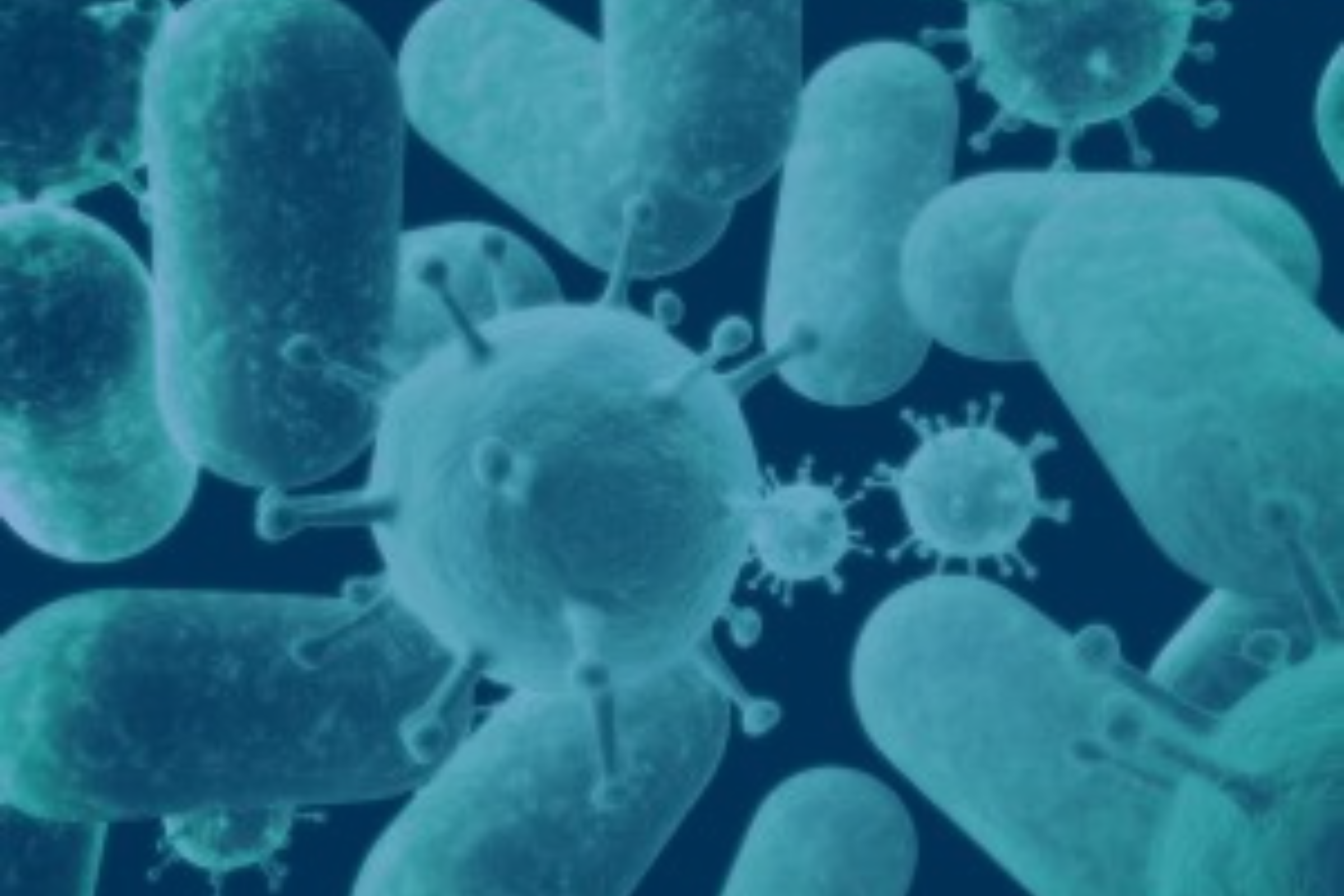Modelling bacterial iron piracy from plant proteins

The HADDOCK portal helps to show that bacteria have a special drawbridge to steal iron from plant proteins.
Iron is an essential element for life. Mammals, for example, use it to carry oxygen in red blood cells, plants need it to transport electrons. Bacteria are not an exception and they also need iron to infect other organisms and survive.
The problem for bacteria is that iron is not readily available in their environment. Animal and plant cells tend to ‘hide’ their iron inside proteins to prevent bacteria from getting it and stopping infections before they start. So bacteria had to escalate the evolutionary war and come up with mechanisms to get the iron they need.
HADDOCK consistently ranks at the top of protein prediction experiments and is one of the best programs available for molecular docking. - Rhys Grinter
Rhys Grinter, a microbiologist based at Monash University in Australia, investigated how Pectobacterium (the bacteria responsible for blackleg disease in potatoes or for slime flux in many species of trees) sources iron from the plants it infects.
He and his colleagues found that Pectobacterium cells have a receptor – dubbed FusA – specially adapted to grab the iron from ferrodoxin proteins.
“Ferredoxin is a small iron-containing protein which plants use in a similar way to hemoglobin, but for transporting electrons rather than oxygen,” explains Grinter. “The fact that plants must produce this protein for their cells to function makes it a good target for Pectobacterium during infection.”
They first determined the molecular structure of FusA from Nuclear Magnetic Resonance (NMR) and X-ray crystallography data. Then the team used the HADDOCK docking tool to simulate how FusA binds to plant ferredoxins.
“HADDOCK consistently ranks at the top of protein prediction experiments and is one of the best programs available for molecular docking,” says Grinter. “This allowed us to place a high degree of confidence in its predictions and to present a credible representation of the FusA/ferredoxin complex for our paper.”
The team learned that FusA is a glove-like structure able to grab plant ferredoxins and squeeze them across the outer membrane of the bacteria.
“It’s very important for the bacteria that this opening of the hole in FusA is specific and temporary, because the bacterial membrane protects the cell from toxins and antibiotics which may be present in the environment,” says Grinter. “I kind of like to think of FusA as a drawbridge on a medieval castle, it can be specifically be opened and closed to allow ferredoxin to enter the cell.”
The structure of the bacterial plant ferredoxin receptor FusA has been published in Nature Communications.
